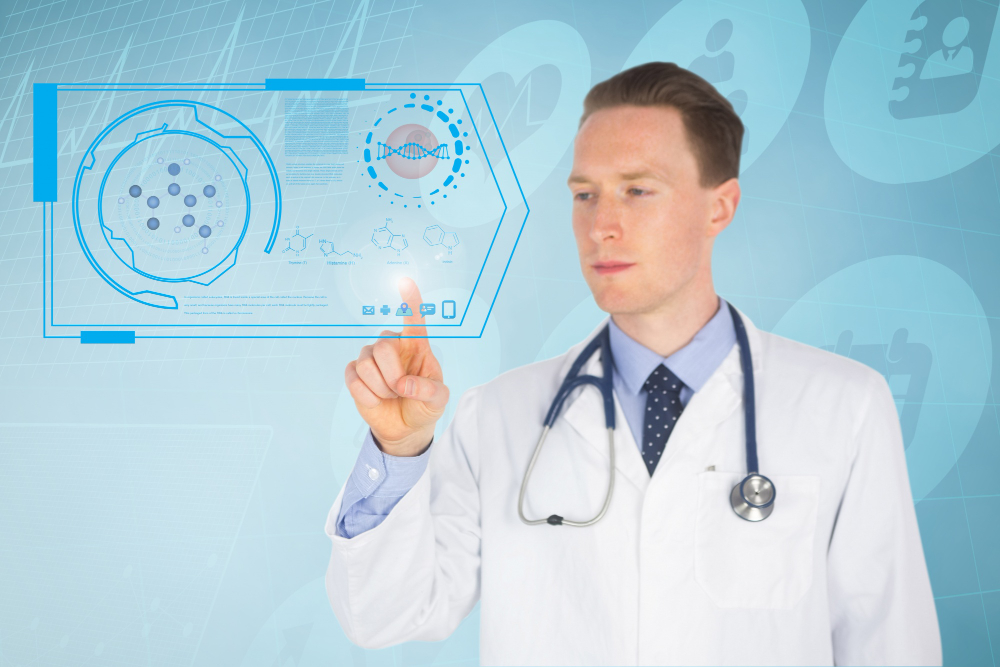Welcome to the world of yoga subscription services, where the ancient art of yoga meets modern convenience. In today’s fast-paced life, finding time to attend regular yoga classes can be a challenge. That’s where yoga subscription services come in, offering flexibility, diversity, and personalized yoga experiences right at your fingertips. Whether you’re a beginner or an experienced yogi, these services can significantly enhance your yoga practice. Let’s dive into how these innovative services can transform your approach to yoga, making it more accessible, varied, and tailored to your unique needs.
UNPACKING THE BENEFITS OF YOGA SUBSCRIPTION SERVICES
Yoga subscription services bring a host of benefits to the table, making them a valuable addition to anyone’s wellness routine. First and foremost, they offer unparalleled convenience. With access to a vast library of yoga classes online, you can practice at any time that suits you, eliminating the need to adhere to the strict schedules of traditional yoga studios. This is particularly beneficial for those with irregular work hours or home responsibilities.
These services also cater to a wide range of preferences and skill levels. Whether you’re interested in gentle yoga, power yoga, or something in between, there’s something for everyone. For beginners, there are foundational classes that guide you through the basics at a comfortable pace. For more experienced practitioners, advanced classes challenge and expand their skills.
Another significant advantage is the cost-effectiveness of these services. Traditional yoga studio memberships can be pricey, but yoga subscription services often offer more affordable pricing models. This makes yoga more accessible to a broader audience, ensuring that more people can enjoy the benefits of this ancient practice without financial strain.
CHOOSING THE RIGHT YOGA SUBSCRIPTION SERVICE FOR YOU
When it comes to selecting a yoga subscription service, personal needs and preferences play a crucial role. Start by considering the types of yoga offered. If you’re someone who enjoys variety, look for a service that offers a wide range of yoga styles. For those focused on a particular style, such as Vinyasa or Hatha, ensure that the service specializes in these areas.
The qualifications and expertise of the instructors are also vital. Look for services that boast a team of experienced and certified yoga instructors. This ensures that the classes are not only enjoyable but also safe and effective.
Another factor to consider is the pricing plan. Some services offer a flat monthly fee, while others may have tiered pricing based on access levels. Determine what works best for your budget and needs.
Finally, don’t overlook the user experience. A user-friendly interface that is easy to navigate enhances your overall experience. Many services also offer free trials, so take advantage of these to get a feel for the platform before committing.
INTEGRATING YOGA SUBSCRIPTION SERVICES INTO YOUR DAILY ROUTINE
Adopting a yoga subscription service into your daily life can be a game-changer for your wellness routine. To start, establish a dedicated time for your practice. Whether it’s early morning, during a lunch break, or in the evening, find a time that you can consistently commit to.
Creating a conducive space for your practice is equally important. Find a quiet, comfortable spot in your home where you can lay out your yoga mat and practice without interruptions. This doesn’t have to be a large space – just enough for you to move freely. For more details visit us at https://yorebels.com/.
Balancing yoga with other responsibilities can be challenging, but setting realistic goals is key. Start with shorter sessions and gradually increase the duration as you become more comfortable and find more time.
Lastly, utilize the features of your yoga subscription service to keep you motivated. Many services offer progress tracking, reminders, and personalized class recommendations, which can be incredibly motivating and help keep your practice on track.
PERSONALIZATION: TAILORING YOUR YOGA EXPERIENCE
The ability to customize your yoga practice is a standout benefit of subscription services. Whether you’re seeking to relax with Yin yoga, energize with Ashtanga, or explore meditation practices, these platforms allow you to tailor sessions to your mood and needs. Advanced filtering options let you choose classes based on duration, intensity, and instructor, making it easy to find your perfect match.
Personalization also extends to skill development. As you progress, the platform can recommend more challenging classes, helping you grow in your practice. Furthermore, many services offer specialized programs for specific goals like stress reduction, improving flexibility, or building strength.
Interactive features like feedback from instructors or AI-driven recommendations based on your practice history add a layer of personal touch, making your yoga journey feel more guided and attentive. This customization ensures that your yoga practice continues to evolve and adapt to your changing needs and preferences.
THE COMMUNITY ASPECT OF ONLINE YOGA SUBSCRIPTIONS
Yoga is traditionally a communal practice, and subscription services have found innovative ways to recreate this aspect digitally. Many platforms offer live classes, providing an opportunity to practice in real-time with instructors and fellow yogis from around the world. This not only adds a sense of camaraderie but also helps in keeping you accountable and motivated.
Community boards and social media groups are also common, allowing members to share experiences, tips, and encouragement. Participating in these communities can deepen your connection to yoga and provide a support network, especially beneficial for those practicing alone at home.
Some services even host online workshops, guest lectures, and special events, offering additional avenues to learn and connect. These features create a sense of belonging and help in building a global yoga community that is accessible from the comfort of your home.
LOOKING AHEAD: THE FUTURE OF YOGA SUBSCRIPTION SERVICES
As we look towards the future, yoga subscription services are poised to embrace more technological advancements. The integration of Virtual Reality (VR) and Augmented Reality (AR) could revolutionize home practice, offering immersive experiences that simulate the environment of a yoga studio or transport you to serene settings.
Artificial Intelligence is another area set to enhance these services. AI can provide personalized class recommendations, adjust poses in real-time using motion tracking, and even offer feedback on form and technique, much like a personal yoga instructor.
Furthermore, the growing focus on mental wellness alongside physical health could see these platforms incorporating more holistic wellness content, including mindfulness, nutrition, and lifestyle coaching. This holistic approach could transform yoga subscription services into comprehensive wellness hubs.
CONCLUSION
Yoga subscription services are redefining the way we approach this ancient practice, making it more adaptable, personalized, and connected than ever before. Whether you’re looking to deepen your existing practice or just starting, these services provide the tools and flexibility to suit your individual needs and preferences. Embrace the change and elevate your yoga experience with the right yoga subscription service for you.
Read More:
Online Yoga Sessions






